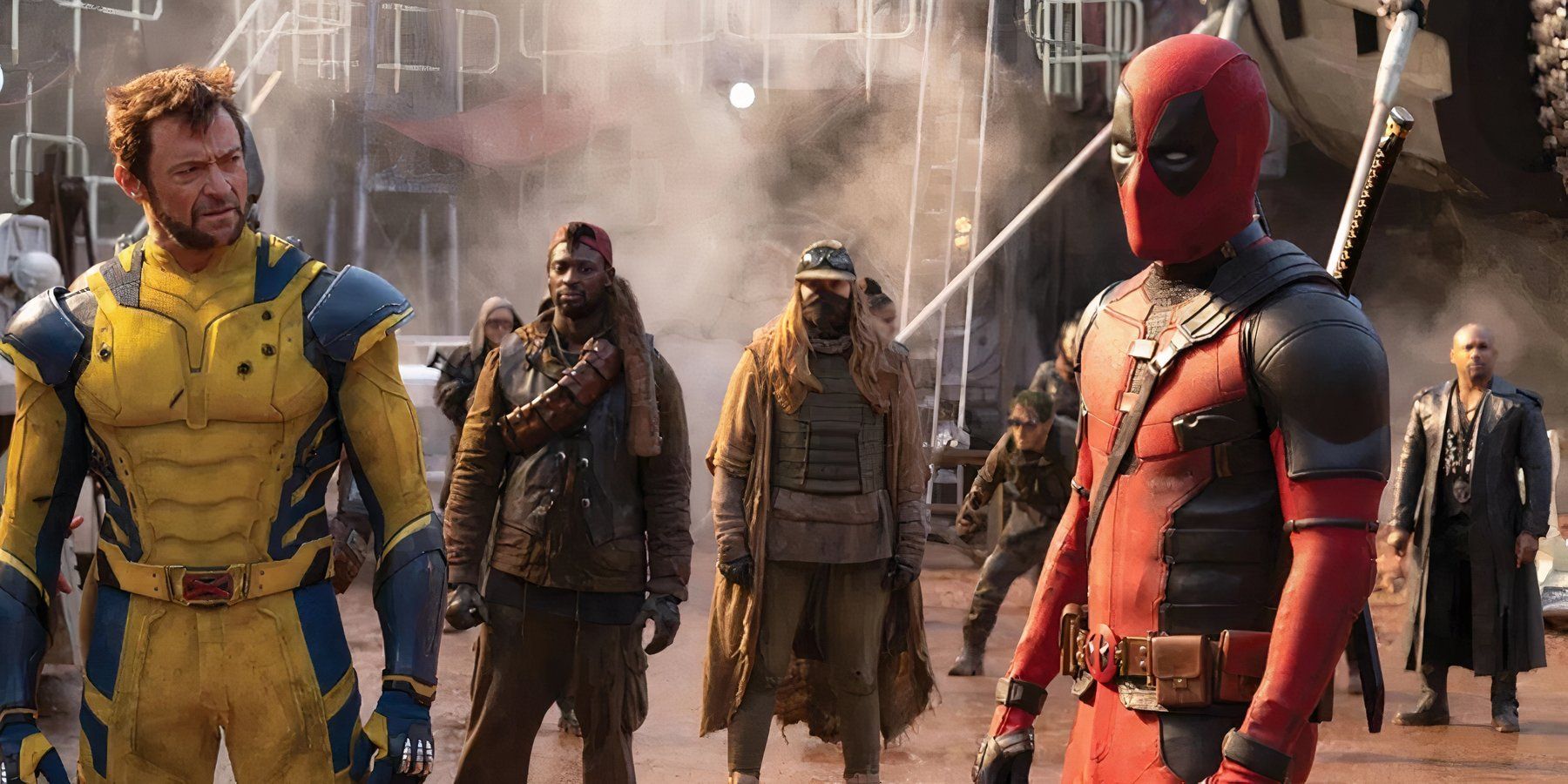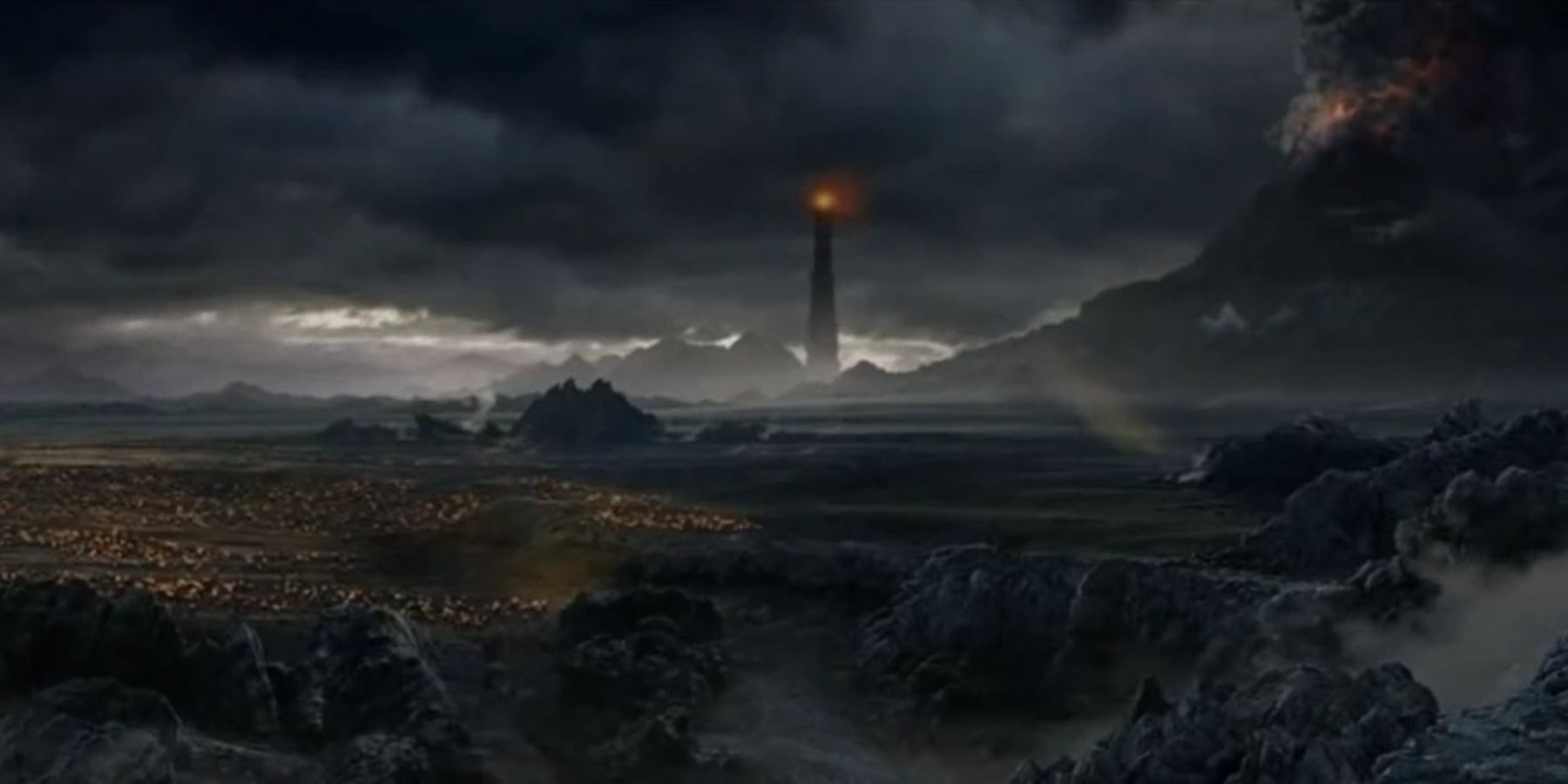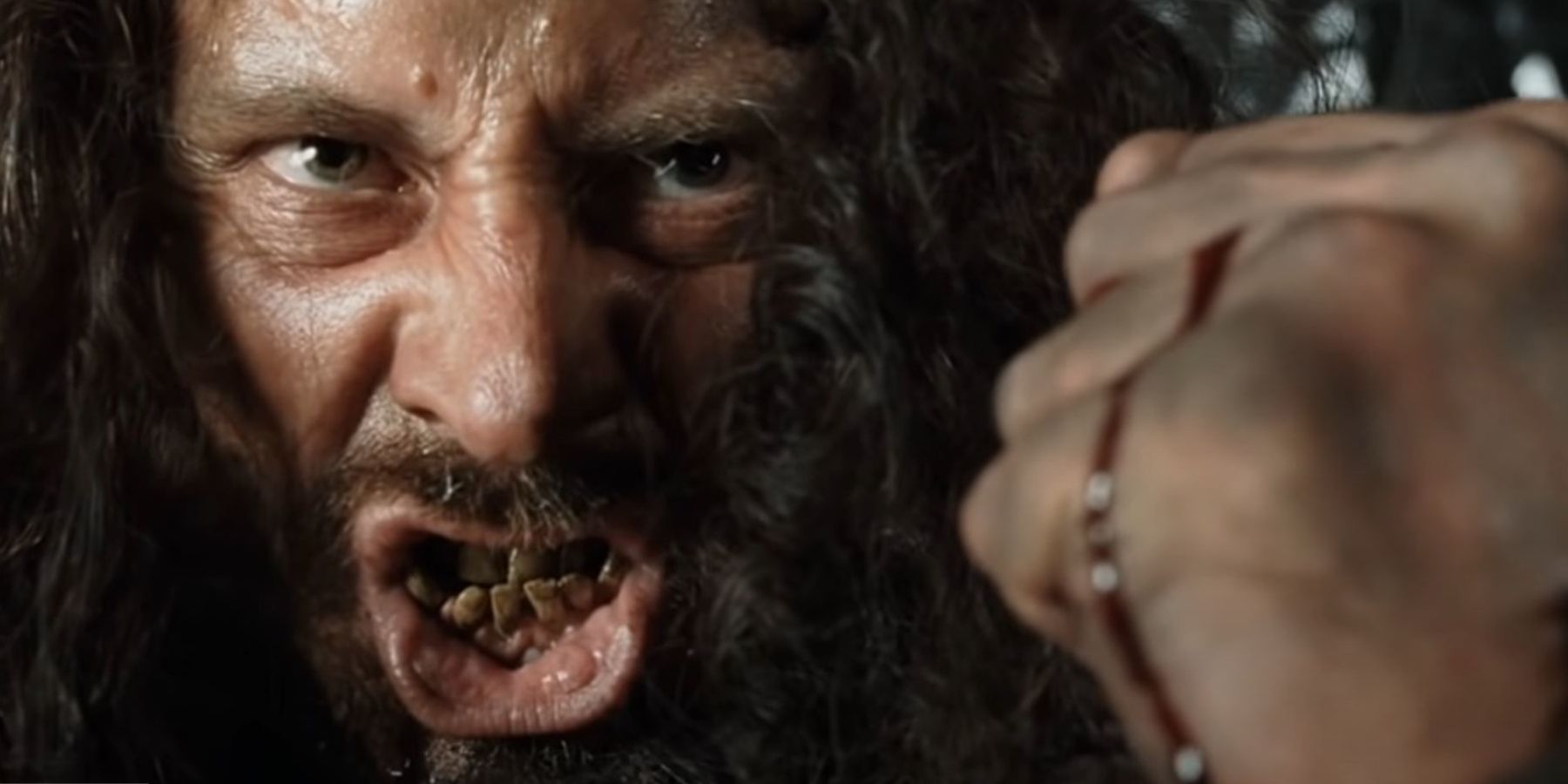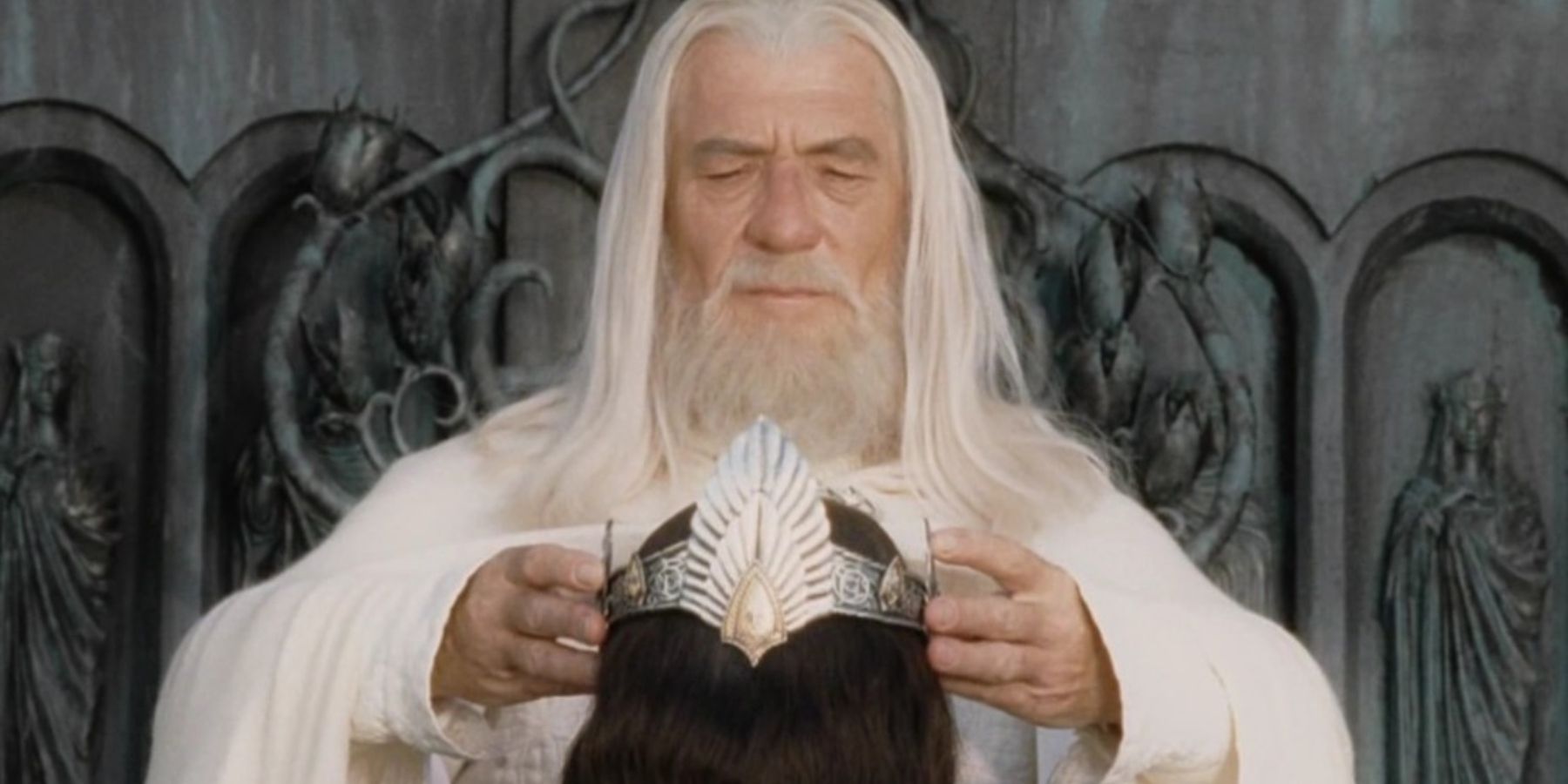There are many great lands in Middle Earth, from the rolling green hills of Hobbiton (which almost didn’t exist in Peter Jackson’s movies) to the majestic kingdoms of men, including both the white city of Gondor, and the golden halls of Edoras in Rohan. But there are also many dark and murky lands in Middle Earth, from the barrow-downs and the evil creatures who dwell there, to far Harad, a desert land where the Olephaunts and raised and trained for war.
Of course, the most notoriously evil place is Mordor, the land where the great all-seeing eye of Sauron dwells with his hoards of orcs, rekindling his strength ready to attack and consume the world in his darkness. Mordor is described by Boromir as ‘a barren wasteland, riddled with fire and ash and dust, where the very air you breathe is a poisonous fume.’
However, once the hobbits have achieved their task of destroying the ring in the fires of Mount Doom, and the War of the Ring is over, what becomes of the terrible lands of Mordor? Is it locked up with the remaining enemies inside, never to be opened again? Is it so barren that it is completely unsalvageable? The challenge is that Sauron has been brooding over the lands for almost a thousand years by the time the fellowship has formed and come to defeat him, so the lands are deeply under his evil enchantment, as are all of the creatures who serve him.
Sauron’s will is so pervasive that it creates a type of hive-mind, which he uses to control the orcs, the ring-wraiths and their dark horses, his right-hand man the Mouth of Sauron, and all others who are under his influence. It is the same domineering will that controls the ring, and bends all in its presence to desire and torment, and it is the same evil force that has soaked throughout Mordor, killing all plants and life and joy that once dwelled there.
In the book The Return of the King by J.R.R. Tolkien, the final battle against Sauron’s might is described, and the moment that the ring is cast into the fire and undone, the terrible control that the dark lord has over all of his minions is broken: ‘The creatures of Sauron, orc or troll or beast spell-enslaved, ran hither and thither mindless, and some slew themselves, or cast themselves into pits, or fled wailing back to hide in holes and dark lightless places far from hope.’ They are described as an ant who has lost their queen, and now have no purpose to follow. Many of the creatures scatter up into the mountains, and many of the free peoples like the Easterlings, the Wild Men and the Haradrim who chose to serve the side of Sauron due to past vendettas against the centuries-old alliance of Gondor and Rohan, were sent back to their homelands to serve penance there. This left the lands of Mordor relatively empty behind its black gates.
So when Aragorn reclaims the throne of Gondor, and is tasked with restoring peace to the lands and creating a new age of prosperity for Middle Earth, he was also left with the challenge of what to do with the now almost empty lands. The books explains that ‘The slaves of Mordor he released and gave to them all the lands about Lake Nurnen to be their own.’ These were probably human slaves that were forced to make weaponry and armor, or were waiting to meet a fate far more gruesome, as it is never fully explained what orcs eat and how they feed their entire army. Nevertheless, these human slaves were given back a large section of land on the outskirts of Mordor, surrounding a lake, in the hopes that they may be able to purify its waters, heal its soil, and begin farming and growing there in years to come.
Aragorn also decreed that ‘Minas Ithil in the Morgul Vale shall be utterly destroyed, and though it may in time to come be made clean, no man may dwell there for many long years.’ The evil of Sauron had seeped so deep that the lands are no longer fit for any good creature to survive on, and so Aragorn has all of Sauron’s monuments of evil, including the towers, the watch-posts, even the sculptures and forges, torn down to create as little remaining trace of his evil as possible, so that the land may have time to heal its scars and begin anew. Maybe, in hundreds of years to come, it could be regrown and become a home for ents, creatures of the wood, and people alike.






